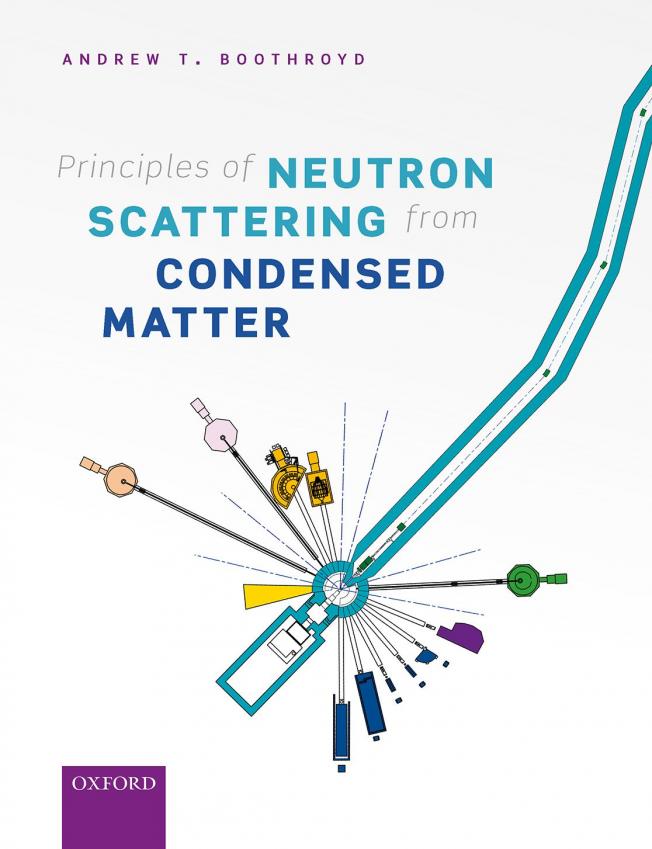Coupled magnetic excitations in single crystal PrBa(2)Cu(3)O(6.2).
Phys Rev Lett 86:26 Pt 1 (2001) 5994-5997
Abstract:
The dispersion of the low-energy magnetic excitations of the Pr sublattice in PrBa(2)Cu(3)O(6.2) is determined by inelastic neutron scattering measurements on a single crystal. The dispersion, which shows the effect of interactions with the Cu spin waves, is well described by a model of the coupled Cu-Pr magnetic system. This model enables values for the principal exchange constants to be determined. The results suggest that both Pr-Pr and Cu-Pr interactions are important in producing the anomalously high ordering temperature of the Pr sublattice. Measurements of the Cu optic spin wave mode show that the interlayer Cu-Cu exchange is significantly lower than in YBa(2)Cu(3)O(6.2).Comment on "Magnetoelastic model for the relaxation of lanthanide ions in YBa2Cu3O7-d observed by neutron scattering"
(2001)
Localized 4f states and dynamic Jahn-Teller effect in PrO2.
Phys Rev Lett 86:10 (2001) 2082-2085


